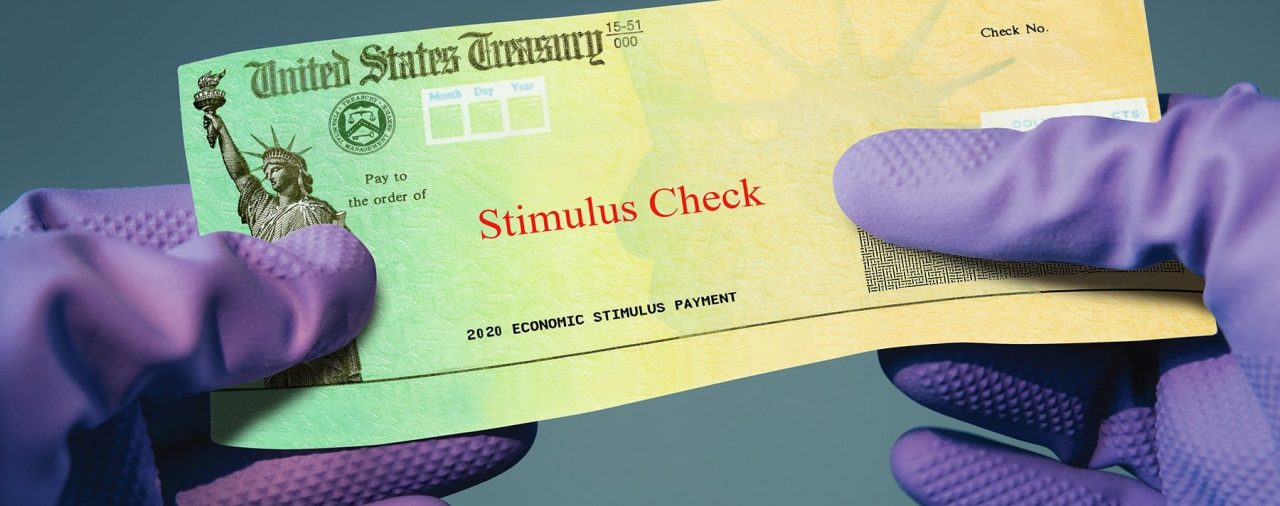Content Highlights
President Biden signed the latest COVID-19 stimulus package – the American Rescue Plan – $1.9 trillion relief bill: $1,400 stimulus checks, $300 weekly unemployment, child tax credits, and much more. This plan also aims to reduce burnout amongst the frontline healthcare workers who work night and day to serve the healthcare system.
Let’s take a look at what the American Rescue Plan offers.
How Will the American Rescue Plan Act Help You?
There are many attributes to this plan, considering that it is the largest relief plan ever provided during our lifetime. The Rescue Plan includes:
- Stimulus checks: A third round of economic impact payments to individuals. $1,400 checks for individuals making less than $75,000 annually and reduced amounts for people with higher incomes. Married couples who file taxes jointly can receive two $1,400 checks if their combined income is below $150,000. These payments were sent starting last week. Hopefully, we will see the effect in consumer spending.
- Extended Unemployment compensation: The American Rescue Plan extends the popular Federal Pandemic Unemployment Compensation (FPUC) benefit. Individuals who receive at least $1 in weekly state unemployment compensation benefits will be eligible for an additional $300 weekly federal supplement for unemployment ending September 6, 2021.
- Tax Credit & Benefits: Parents will receive a credit on their federal income tax return of $3,000 for each qualifying child under 18 or $3,600 for children under age 6 by the end of 2021. The child tax credit is now also fully refundable. The credit applies to a single tax filer earning $75,000 or less and $150,000 for joint filers. Taxpayers also will have the option to receive temporary, monthly advance payments for any tax refund equal to 50% of the eligible 2021 child tax credit. These payments are scheduled to start around July 2021 and are based on income from tax year 2020, if filed.
- Paid Sick Leave if Employer Opts for Tax Credits: The Families First Coronavirus Response Act (FFCRA) expired on December 31, 2020 – and with it, covered employers’ obligation to provide emergency paid sick leave and emergency family and medical leave. See our blog post explaining the FFCRA. Shortly before the end of the year, Congress extended the tax credit for employers who voluntarily continued to provide such paid leave through March 31, 2021. The Rescue Plan provides new financial support for COVID-related problems. If your employer takes income tax credits, you are entitled to paid sick leave and paid family leave for the same reasons as under the FFCRA plus these additional qualifying reasons:
- The employee is obtaining immunization (vaccination) related to COVID-19;
- The employee is recovering from any injury, disability, illness or condition related to such vaccination; or
- The employee is awaiting the results of a diagnostic test or medical diagnosis for COVID-19 (or their employer has requested such a test or diagnosis).
The amount has been increased. An employee is entitled to full payment (100 percent) of his or her daily wages, up to $511 per day, if the employee or a close family member gets COVID-19 or has been instructed to self-quarantine. In addition, the Rescue Act removed the requirement that the first 10 days of leave were unpaid. Now, to claim a credit, the employer must pay employees for the first 10 days of the leave. Further, the maximum has been increased to $12,000 per employee (up from $10,000 under the FFCRA).
COBRA Subsidy
The Rescue Plan provides a 100% federal continuation health coverage (COBRA) subsidy through September 1, to those who lose their jobs or lose their health care due to reduced hours. Employees who are terminated for any reason will not lose their health care during that period.
Vaccinations Are More Accessible
According to the American Rescue Plan, the allocation of vaccines will be tremendously huge. As Wall Street Journal describes, $8.75 billion to federal, state, local, territorial and tribal public-health agencies for distributing, administering and tracking vaccinations, with some funds specially dedicated to making sure the vaccination process reaches underserved communities. Another $25 billion will be spent on testing, contact tracing, and reimbursing hospitals for lost revenue related to the Covid-19 pandemic.
President Biden promises to have every American adult vaccinated by the end of May. He also aims to safely reopen more schools as teachers also will have easy access to the vaccine.
Healthcare workers and the Plan
Our frontline healthcare workers have been the heart of America as they continue to work countless hours at hospitals and clinics to ensure that patients fighting COVID-19 can overcome their illness. The Rescue Plan allocates a large amount of the funds to the healthcare system:
- $80 million to train healthcare professionals as well as public safety officers in ways to reduce and address mental and behavioral health conditions that also include suicide and burnout.
- $20 million for education and awareness to encourage healthcare professionals and first responders to seek support and treatment for their behavioral health concerns, identify and respond to risk factors and address the stigma.
- $40 million in grants for healthcare providers to establish or grow programs to promote mental and behavioral health among their professional workforce.
Our Services
Now that you know more about the new Rescue Plan Act, if you have questions about how the new law helps you, give us a call or email for an appointment.

